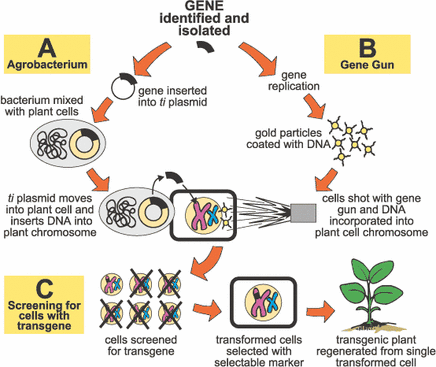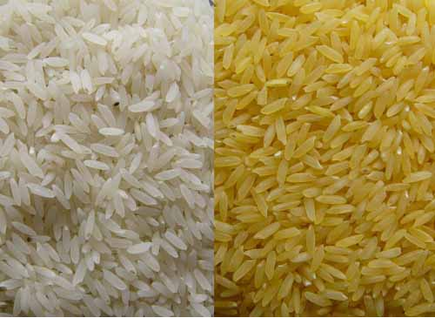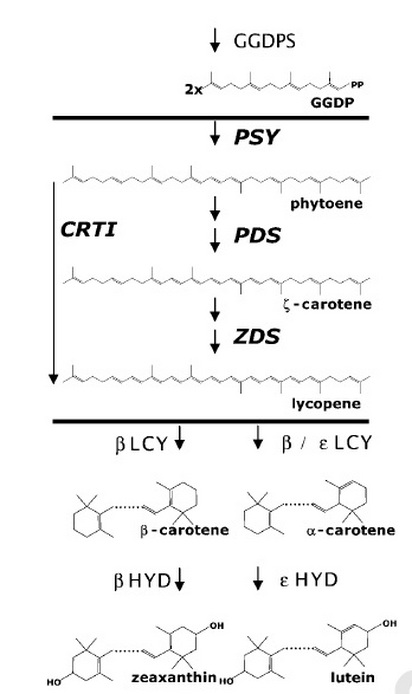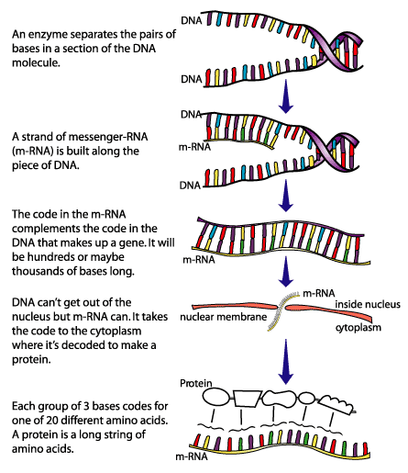What is Golden Rice?
According
to it's creators, Golden Rice Humanitarian Board (2007) Golden Rice
is a genetically modified rice plant engineered to contain more
beta-carotene, the precursor of vitamin A in the edible endosperm. Beta-carotene,
while found in other parts of the rice plant, is not present in the edible rice endosperm. Two genes that induce the synthesis of carotenoids in the endosperm are extracted from bacteria and the daffodil flower is extracted and the constructs are inserted
into the target rice cells via the process of genetic transformation which will be elaborated upon below.
The
process of genetic modification, according to J Beardmore and J
Porter (2003) starts with the selection of target genes. In the case
of Golden Rice, it is phytoene
synthase (PSY) extracted from Narcissus, more commonly known as Daffodil and carotene desaturase (CRTI) from bacterium Erwinia
uredovora.
(Paine et al, 2005). The genes are then isolated, in the likely case
that the gene is already archived, the gene is amplified through the
polymerase chain reaction, a scientific technique that duplicates pieces of DNA and generates millions of copies. Once the gene have been cloned, it is used to create a construct which also includes additional
sections of DNA which enables the target gene to replicate. Gold particles are coated with this construct and inserted into the target genome with a gene gun,
it will replicate and complete the genetic transformation. The daughter cells are screened for the desired genotype, and the cells with the genotype are marked and replicated and becomes the basis for the genetically modified plant.

The Carotene Pathway
In
the rice plant, beta-carotene is naturally produced in vegetative
tissues but not in the grain which contains the edible endosperm. The
golden rice modifications restore two steps of this pathway, the enzyme that the PSY gene codes which
utilises the already present geranylgeranyl-diphosphate (GGPP) to
form phytoene, which then forms zeta-carotene. The CRTI then forms
lycopene. The lycopene is then broken down with an enzyme called lycopene
cyclase (Beyer et al, 2002) to form the desired beta-carotene and
alpha-carotene, more commonly known as vitamin A. (Golden
Rice
Humanitarian Board). The process in which the two introduced genes complete the pathway is by coding for proteins. An enzyme in the cell will separate the coding DNA, a section of m-RNA, makes a copy of the section of DNA by forming on the opposite strand of DNA. The m-RNA passes through the nuclear membrane into the cytoplasm. The RNA then creates proteins, in this case enzymes, by placing different amino acids, the building blocks of protein, in a specific order. (CSIRO, 2003-2011)





